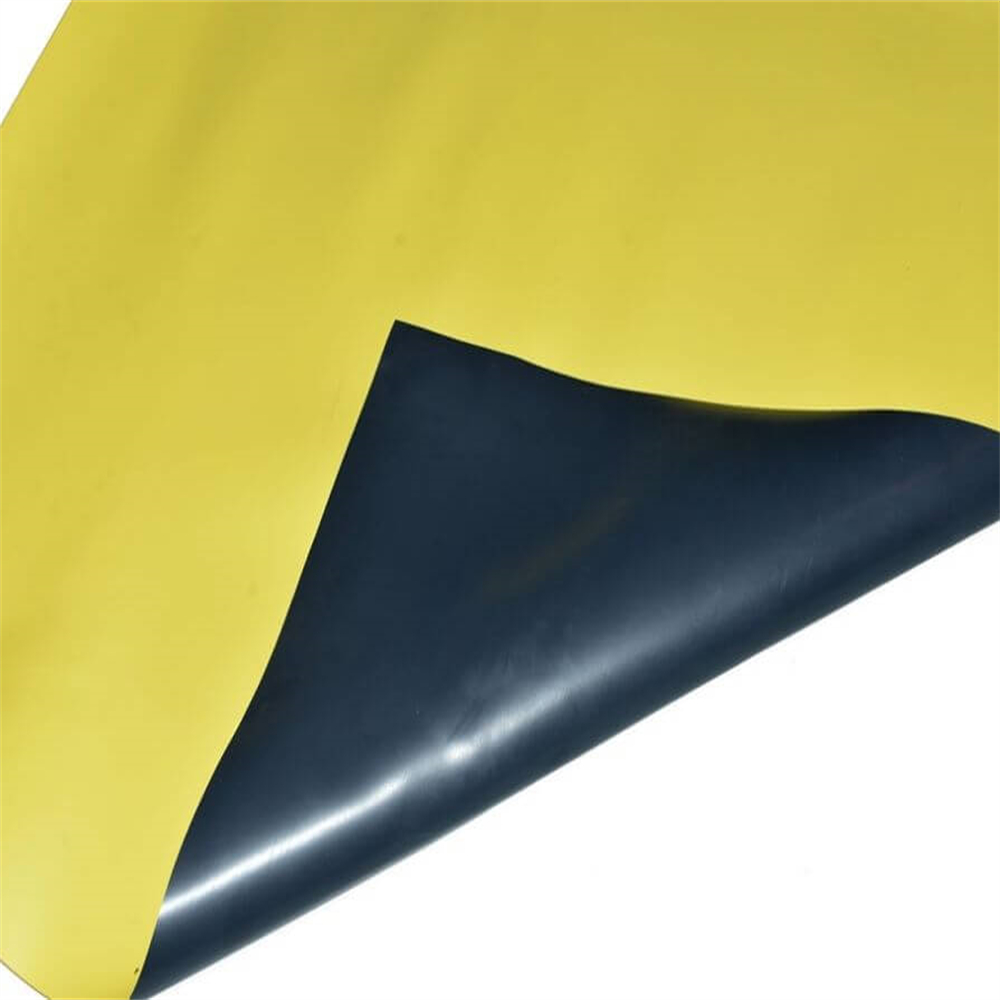Can geomembrane raise fish?
In fish pond farming and aquaculture, geomembranes are often used as a waterproof and leak-proof layer to keep water from fish ponds or ponds from leaking into the surrounding soil. Using geomembrane as a waterproof layer can effectively prevent water waste and soil erosion.
When raising fish, geomembranes are usually laid on the bottom and side walls of fish ponds or ponds to ensure that the water source does not leak. This maintains water levels and quality, providing a stable growing environment while reducing water loss.
In addition, geomembranes can also be used for pond separation and isolation of different species of fish, thereby preventing cross-infection and mating. By separating different areas with geomembranes, fish reproduction and growth can be better managed and fish farming results improved.
It should be noted that when using geomembrane fish farming, care should be taken to select the appropriate geomembrane material and follow the relevant farming and environmental protection regulations. Make sure the material of the geomembrane is not harmful to fish, and regularly inspect and maintain the integrity of the geomembrane to prevent damage and water leakage.

What should be paid attention to in geomembrane fish farming?
In fish pond farming and aquaculture, geomembranes are often used as a waterproof and leak-proof layer to keep water from fish ponds or ponds from leaking into the surrounding soil. Using geomembrane as a waterproof layer can effectively prevent water waste and soil erosion.
When raising fish, geomembranes are usually laid on the bottom and side walls of fish ponds or ponds to ensure that the water source does not leak. This maintains water levels and quality, providing a stable growing environment while reducing water loss.
In addition, geomembranes can also be used for pond separation and isolation of different species of fish, thereby preventing cross-infection and mating. By separating different areas with geomembranes, fish reproduction and growth can be better managed and fish farming results improved.
It should be noted that when using geomembrane fish farming, care should be taken to select the appropriate geomembrane material and follow the relevant farming and environmental protection regulations. Make sure the material of the geomembrane is not harmful to fish, and regularly inspect and maintain the integrity of the geomembrane to prevent damage and water leakage.

How to install geomembrane fish pond?
Preparation:
Determine the location and size of the aquarium. Choose a suitable location, make sure there is enough sunlight and a water supply.
Clear the ground around the pond to make sure it is free of disturbances such as sharp objects and weeds.
Make a design plan, including parameters such as the shape, depth and volume of the fish pond.
To dig a pond:
Use a digging tool such as an excavator or shovel to dig out the shape of your pond, making sure the bottom of the pond is even and level.
Dig out to the proper depth to meet the needs and design requirements of fish farming.
Laying geomembrane:
Lay geomembrane on the cleaned pond bottom and side walls.
Unfold the geomembrane and lay it flat to ensure that the membrane material completely covers the entire aquarium area without obvious wrinkles or voids.
For the connection of geomembrane, use hot melt connection or special adhesive to fix.
Fixed geomembrane:
Use weights or fixtures to secure the geomembrane around the pond perimeter to prevent the membrane from moving or sliding during fish farming.
Make sure the geomembrane fits tightly to the outside soil of the pond to avoid water seepage through the edges.
Check and fix:
Check the integrity of the geomembrane, especially joints and exposed parts.
If any leaks or damages are found, repair them with repair materials in time to ensure the waterproof effect of the geomembrane.
Fill water source:
After completing the installation of the geomembrane, start filling the water source into the aquarium.
Monitor the water level and quality, adjust the water quality to suitable conditions, and ensure the healthy growth of fish.
Please note that when installing a geomembrane aquarium, it is best to follow the advice of professionals and relevant regulations. Ensure that the design and installation of ponds comply with local environmental protection requirements, and carry out water quality management and feeding plans according to the needs of different fish.

